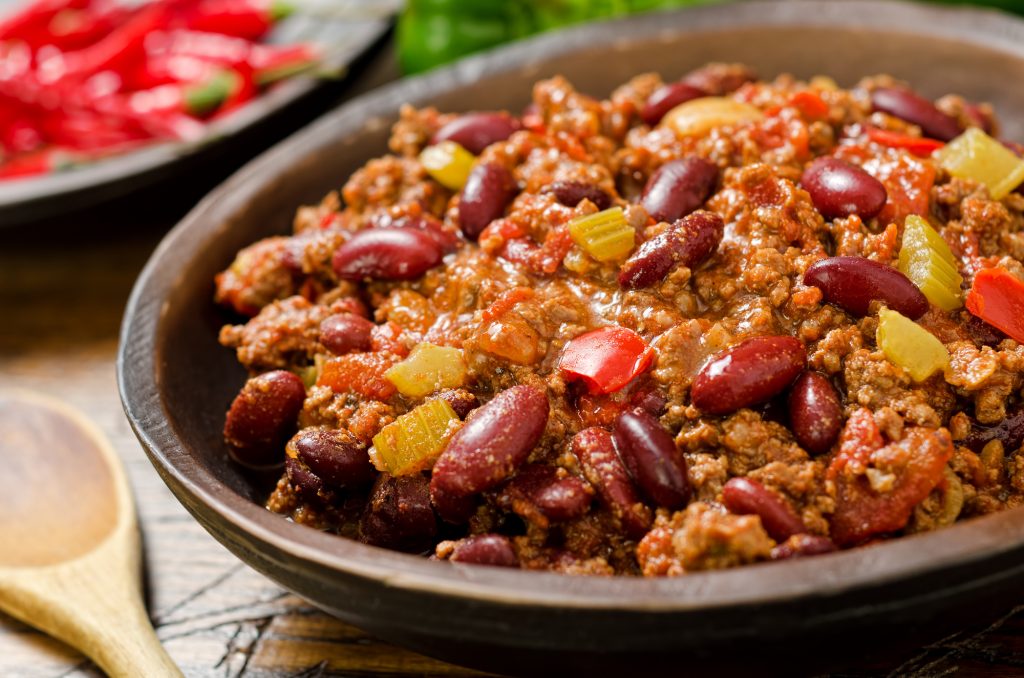
The latest from Ezra Cohen Montreal, pull-apart nut butter muffins perfect for a quick, on-the-go bite that the entire family can enjoy.
Muffins are a breakfast staple and have rightfully earned their place in the annals of morning munchies alongside cereal, oatmeal, bagels, and donuts. A classic favorite, the experts at Ezra Cohen have taken the humble muffin and elevated it through a unique spin on the peanut butter muffin recipe. Although our version doesn’t technically produce muffins (we use yeasted dough), the end result is still tasty and convenient, if a bit indulgent.
If you’re simply interested in contacting us about getting your hands on one of our nut butters, then follow this link. If not, then below we’ll show you how to make these amazing treats.
Your Ingredients
Dough:
2½ cups bread flour
¼ cup granulated sugar
2¼ teaspoon instant yeast (not active dry yeast)
⅓ cup milk
⅓ cup Ezra Cohen nut butter
¼ cup of warm water
2 large eggs
1 teaspoon vanilla
½ teaspoon salt
Filling:
3 tablespoons unsalted butter at room temp
1 tablespoon Ezra Cohen nut butter
¼ cup packed brown sugar
Glaze:
2½ tablespoons cream cheese
1½ tablespoons Ezra Cohen nut butter
¼ cup + 2 tablespoons powdered sugar
3½ tablespoons cream
Here’s What You’ll Do
- Using a stand mixer bowl, combine 1 cup of the flour, ¼ cup granulated sugar, and the instant yeast, stirring constantly throughout. Beat in the milk, your choice of Ezra Cohen nut butter, and warmed water. Scrape down the bowl with a spatula before beating in each egg until the mixture is completely uniform.
- Next, stir in another 1¼ cups of the flour along with the ½ teaspoon salt. Knead the dough manually or using a machine. If the dough is sticking to the bottom, sprinkle some of the remaining ¼ cups of flour onto it. You want the dough to be soft and slightly sticky. Allow the dough to knead until smooth and stretchy, approximated 8-10 minutes.
- Cover the bowl with plastic wrap and place in a warm, draft-free spot to rise for one hour or until the ball has doubled in size. Once the dough has risen, release the trapped air by kneading it.
- Roll out dough onto a 15 x 20-inch rectangle. You may need to roll it out halfway first, letting it sit for a few minutes so the gluten relaxes, before unraveling the rest of the dough.
- Now, you’ll make the filling. Heat 3 tablespoons of butter with 1 tablespoon of your selected Ezra Cohen nut butter in the microwave until melted. Use a pastry brush to generously coat the dough with the mixture.
- Sprinkle on 1/4 cup of brown sugar, then use a sharp knife to halve the dough so that you’re left with two 20 x 7.5-inch rectangles. Then cut each rectangle into five 20-inch long strips, before stacking them into two piles. Flip the last piece over so that the nut butter and sugar filling is sandwiched inside. Cut each pile of strips into six equal pieces (12 pieces total).
- Using a greased muffin tin, place the strips into the muffin tins with their edges up. Press down on them so that they are level or below the top of the pan. Cover with plastic wrap and allow them to rise in a warm place for 25-35 minutes. Preheat the oven to 350°F. Bake the muffins for 10-13 minutes until the tops are brown, and the base is golden when you pull it out of the tin.
- While the muffins cool on a wire rack, heat the cream cheese and your nut butter together in a microwavable bowl until softened. Stir in powdered sugar and cream. Drizzle over the muffins and serve fresh.
A Perfect Little Treat
When it’s all done, you’ll be left with an amazing, family-friendly treat that’s perfect for on-the-go munching. By replacing typical peanut butter with our all-natural nut butters, we’re making this recipe even healthier for you. Our very own Ezra Cohen–McGill University graduate and food expert–believes in fueling families with only the hardiest food. Check out our line of nut butters today, and start crafting healthy dishes!











Recent Comments